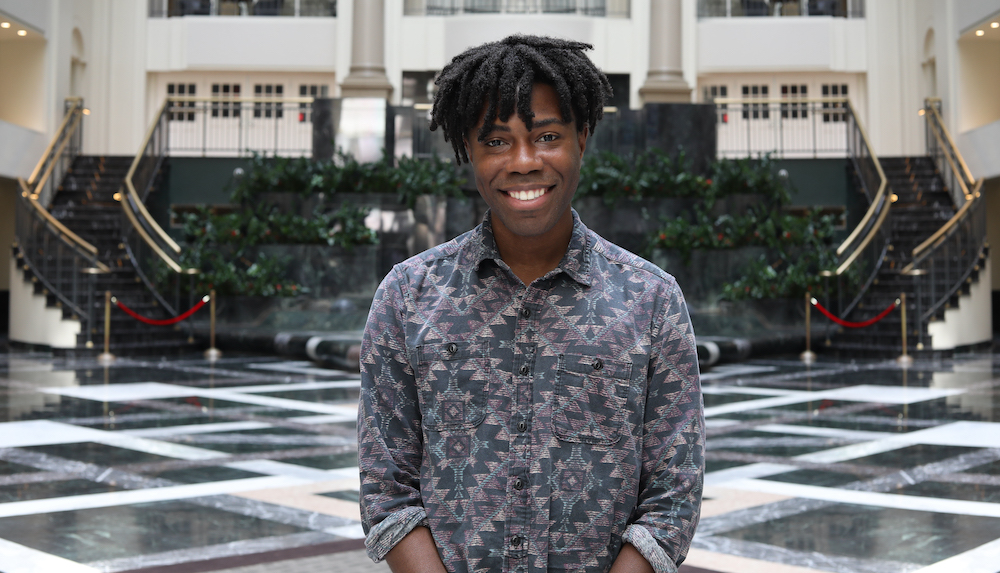Keeping seniors connected. That was the aim of a digital training program that debuted in Baltimore in recent months.
Aiming to take a more holistic approach to medicine in an effort to improve health outcomes and curb isolation due to the need for social distancing and quarantine during the pandemic, the Johns Hopkins School of Nursing piloted a small scale program to provide devices, a year of Comcast’s low-cost broadband service and digital literacy training for local seniors.
Kelly Gleason, PhD, RN and assistant professor at the JHU School of Nursing, spearheaded the 12-month program for 20 community members over the last year.
Here’s how it worked:
Each member was recruited using “snowball sampling” back in October of 2020, where leaders worked with JHU’s existing community partners to identify eligible participants and provide Amazon Fire tablets.
Then, the organizers trained the participants over the course of three months to use the tablets and internet service, as many had never had access to these tools before. This was delivered through self-paced training, with one-on-one phone calls and group calls over the course of three months.
The training allowed Baltimore community members like 66-year old Albert Pannell to continue to stay connected to both his family and community support at John Hopkins.
“Like so many other older people, I had my doubts about going on the internet and using all these new devices,” said Pannell. “I had to put my fear aside and just do it. Now, I have a tablet that I received through the program, and I can use search engines, type on the keyboard and use email and Zoom.”
The training encompassed Zoom, email and at least one skill of participants’ choosing for the tablet. For some, it was how to use Facebook and interact see photos of their grandchildren. For others, it was how to read books on their tablet.
It meant teaching digital literacy to people with no experience with computers, but a lifetime worth of lived experience in the world. The pandemic made closing the digital divide more urgent across society. But with healthcare and communication shifting online, there was particular concern about seniors. According to a Pew Research study that covered the 20 years before the pandemic, only 73% of people over 65 across the US used the internet, and adoption rates decline as age increases.
For the trainers, Gleason said the approach was, “Plan to do a lot, but be content with all you were able to move forward with that day — even if it was only they were able to get the tablet Wi-Fi connected.”
Gleason is interested in replicating the program with other partners and departments. Not only do you not need a lot a funds to make a program like this work; you don’t need a lot of tech savvy either, she said.
“What you need is patience and care for the person you’re working with,” said Gleason.
Financially speaking, “If you break it down, for an entire year you can pay $120 or a little less than that for internet coverage through [Comcast’s] Internet Essentials. You can get a device for as low as $40 or $50 that has a pretty high usability rate. This isn’t an impossible feat.”
The overall cost of the program, not including the man hours for the training, is $3,400. Not every program needs to reach a hundred or a thousand people, especially if it’s easily replicable and allows for others to take the model and build it into their program. If everyone does a little, no one needs to do a lot. But the benefits go beyond that.
The learning experience with Gleason went so well for Pannell that it reignited a drive for learning. He’s now taking that to get his GED at the South Baltimore Learning Center.
Pannell said he had the perception it’s “kind of easy” to learn how to use a tablet and the internet, “but by me not having an education,” it can make digital adoption more difficult. After getting set up through the program, he’s looking to keep making progress.
“I still have a phone that I don’t know how to use that well, but I’m learning,” he said.
Donte Kirby is a 2020-2022 corps member for Report for America, an initiative of The Groundtruth Project that pairs young journalists with local newsrooms. This position is supported by the Robert W. Deutsch Foundation.Join the conversation!
Find news, events, jobs and people who share your interests on Technical.ly's open community Slack

Baltimore daily roundup: Mayoral candidates talk tech and biz; a guide to greentech vocabulary; a Dutch delegation's visit

Baltimore daily roundup: Medtech made in Baltimore; Sen. Sanders visits Morgan State; Humane Ai review debate

Baltimore daily roundup: An HBCU innovation champion's journey; Sen. Sanders visits Morgan State; Humane Ai review debate


